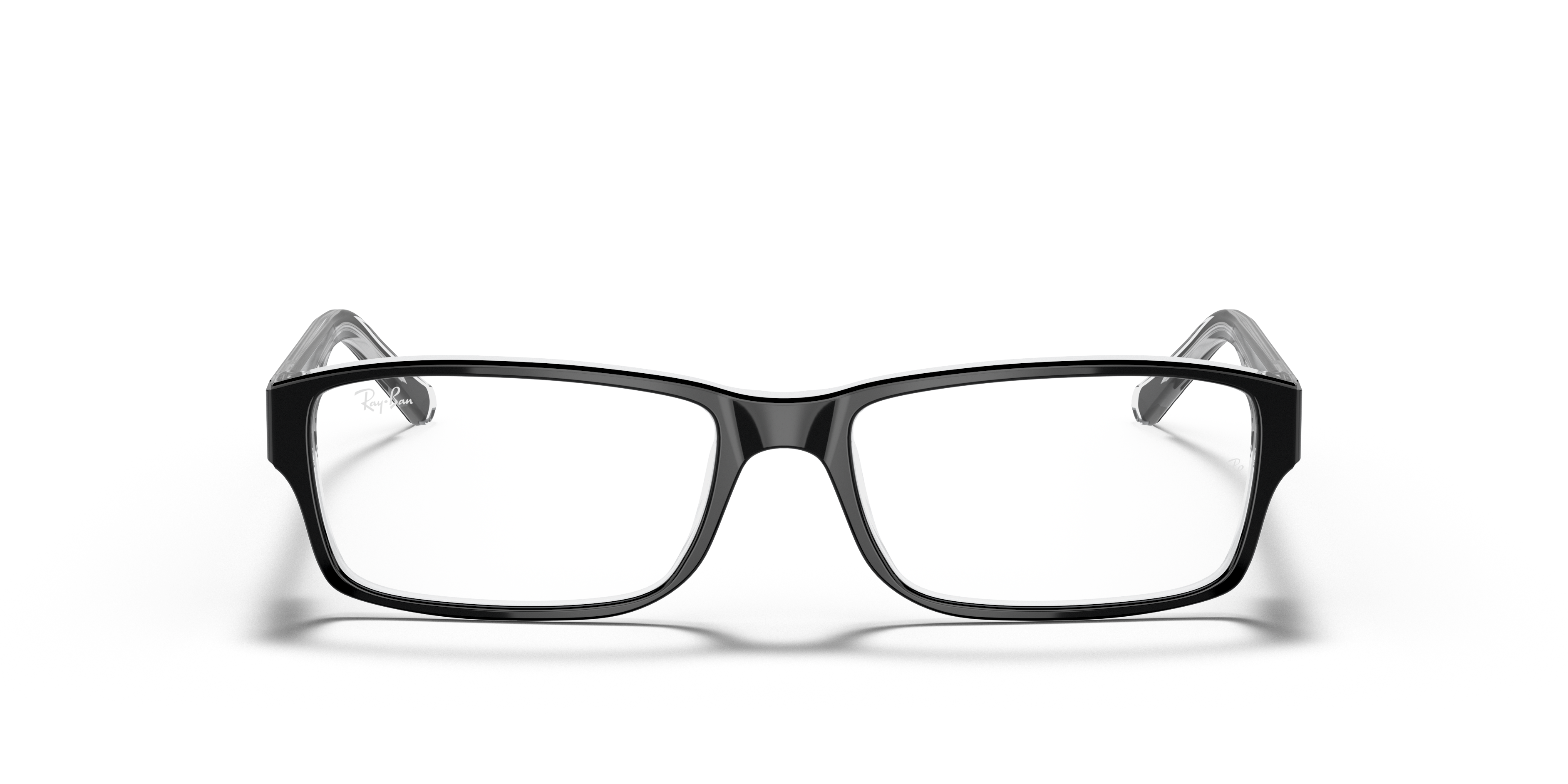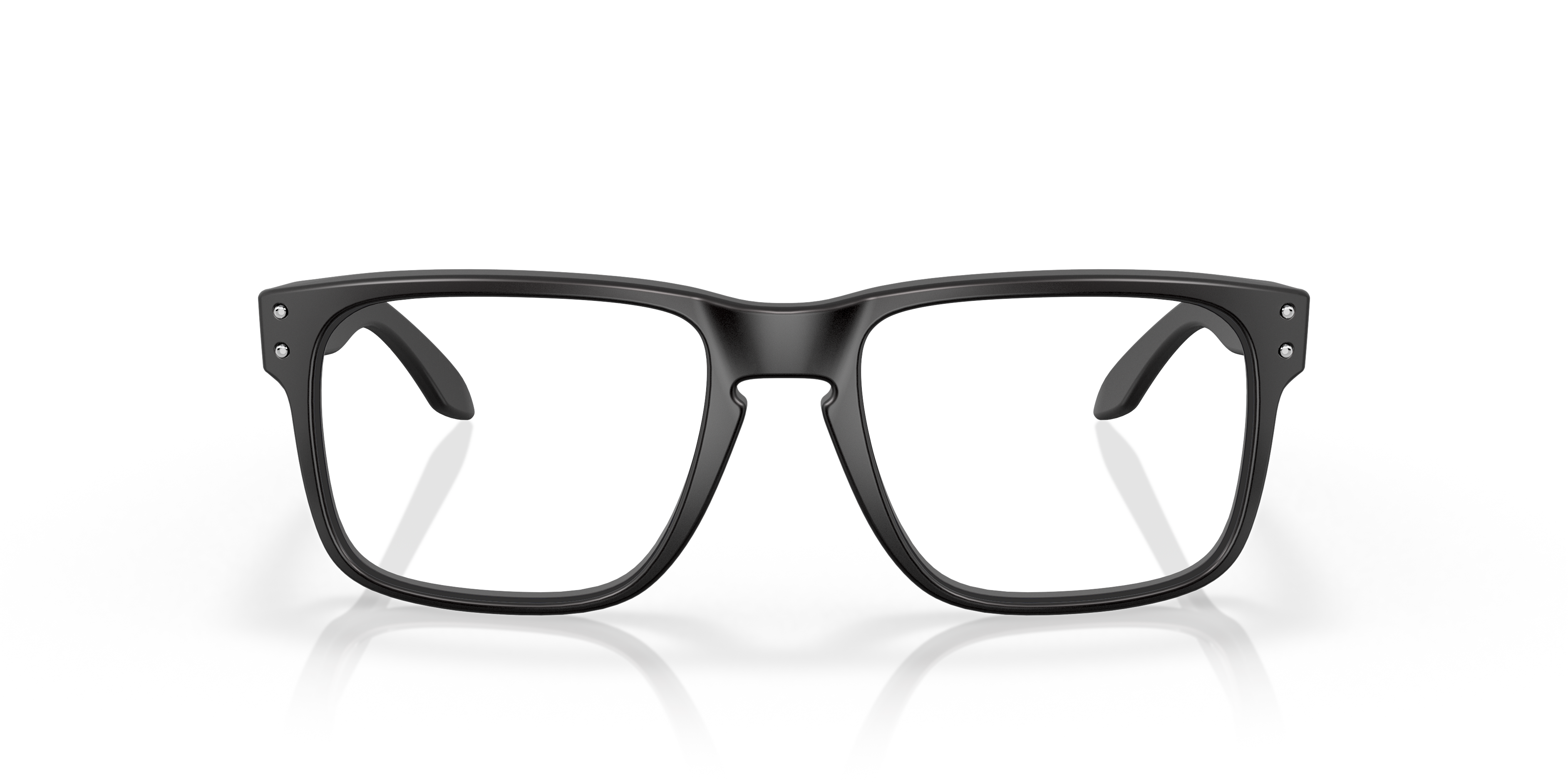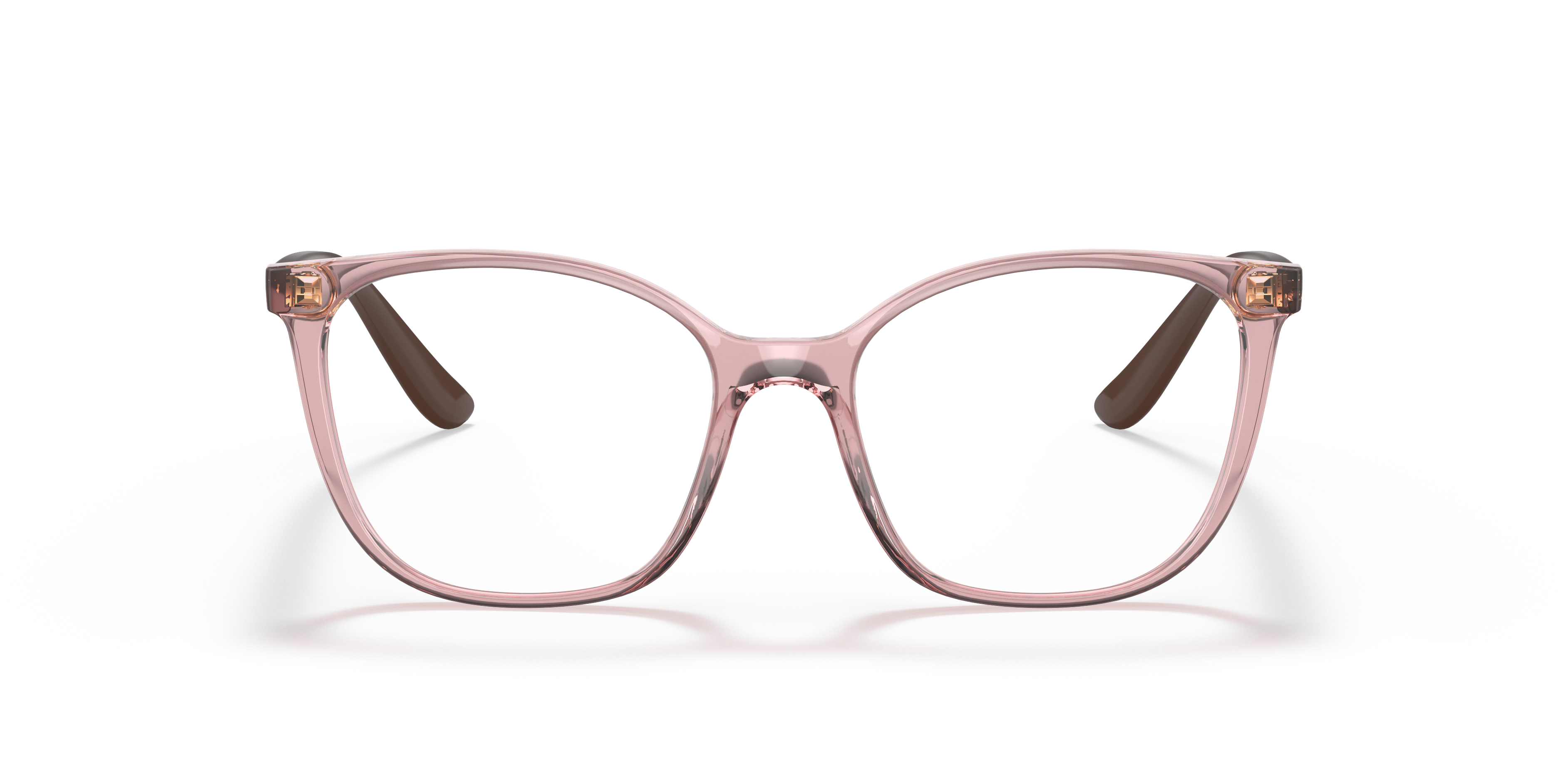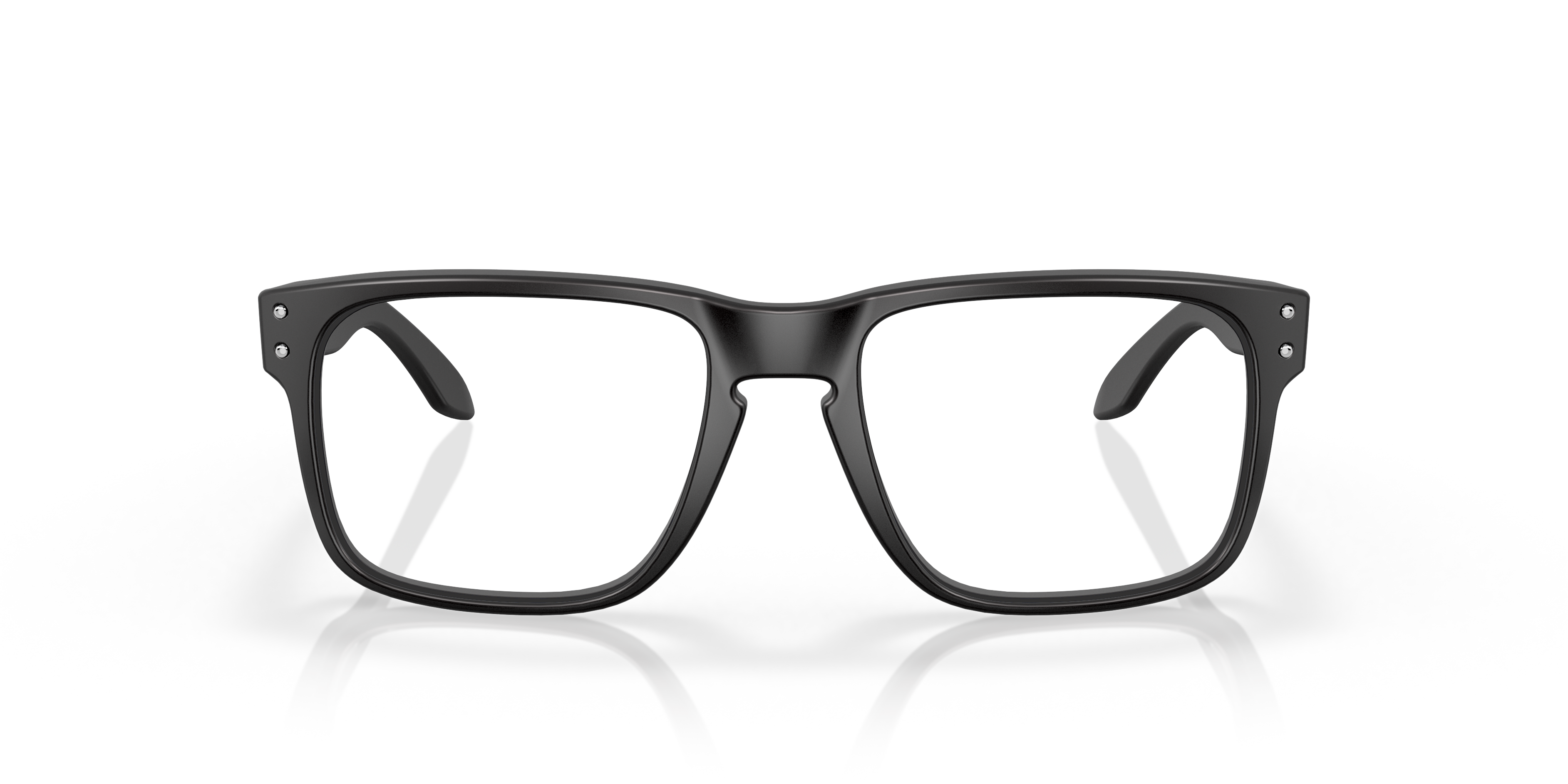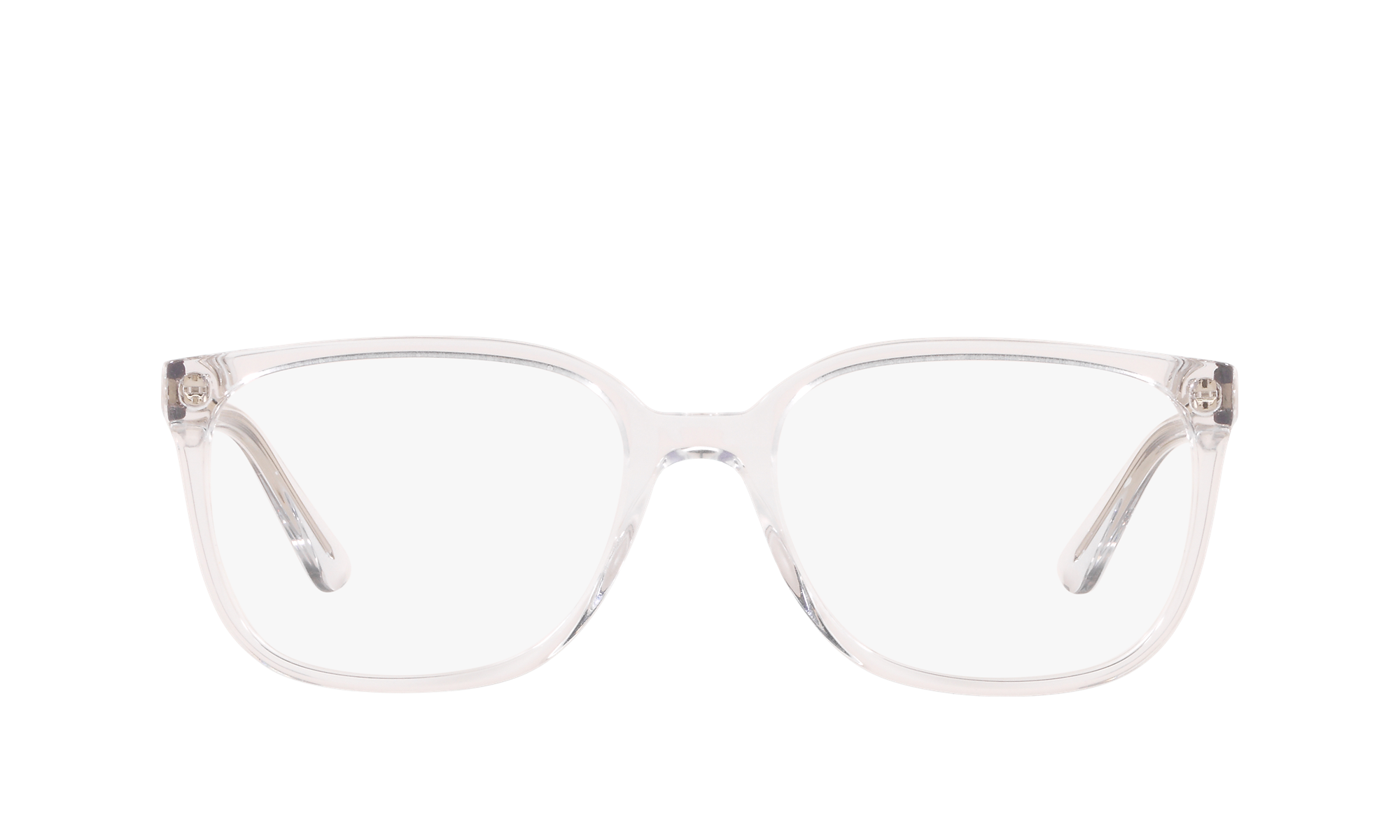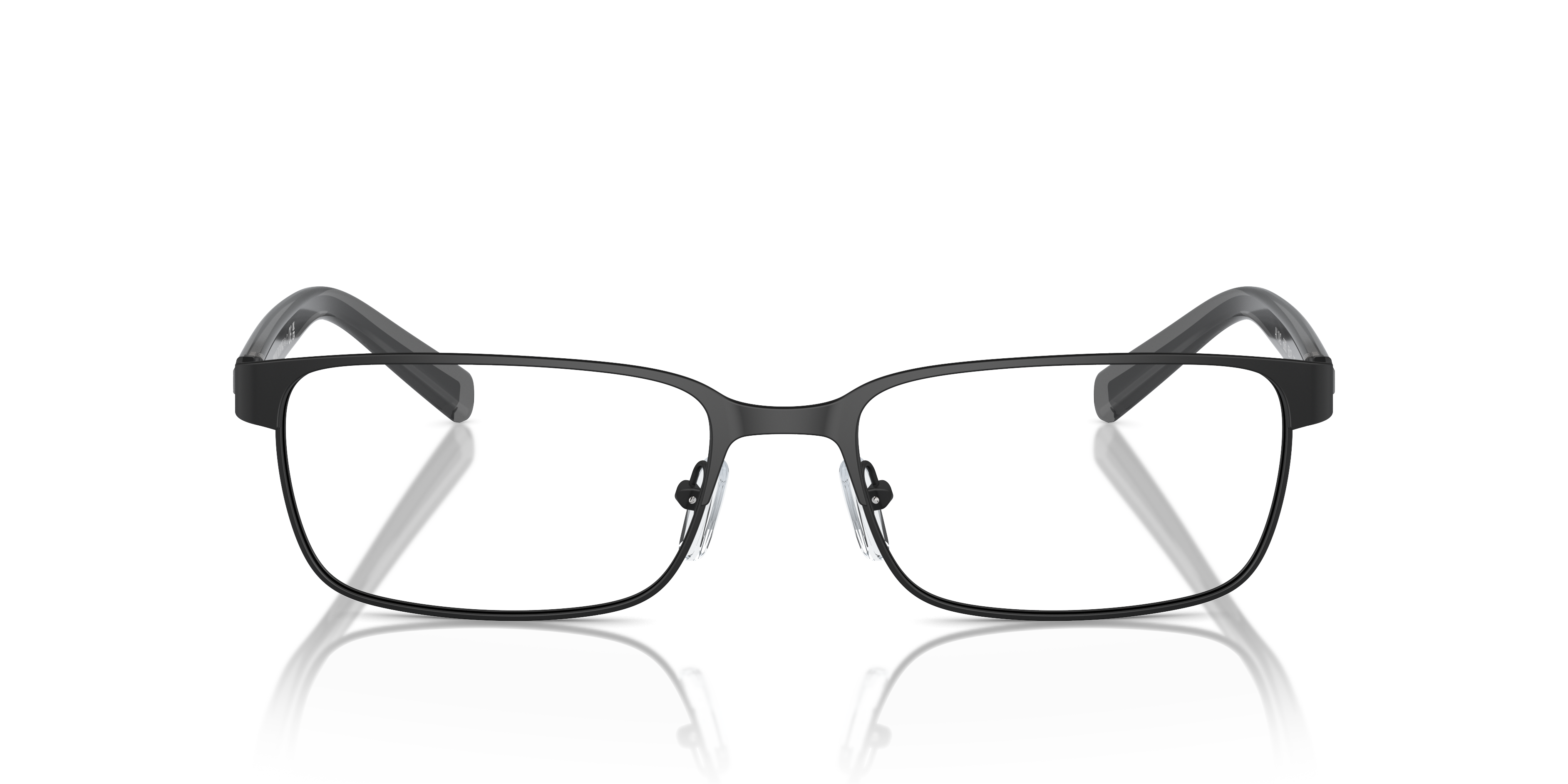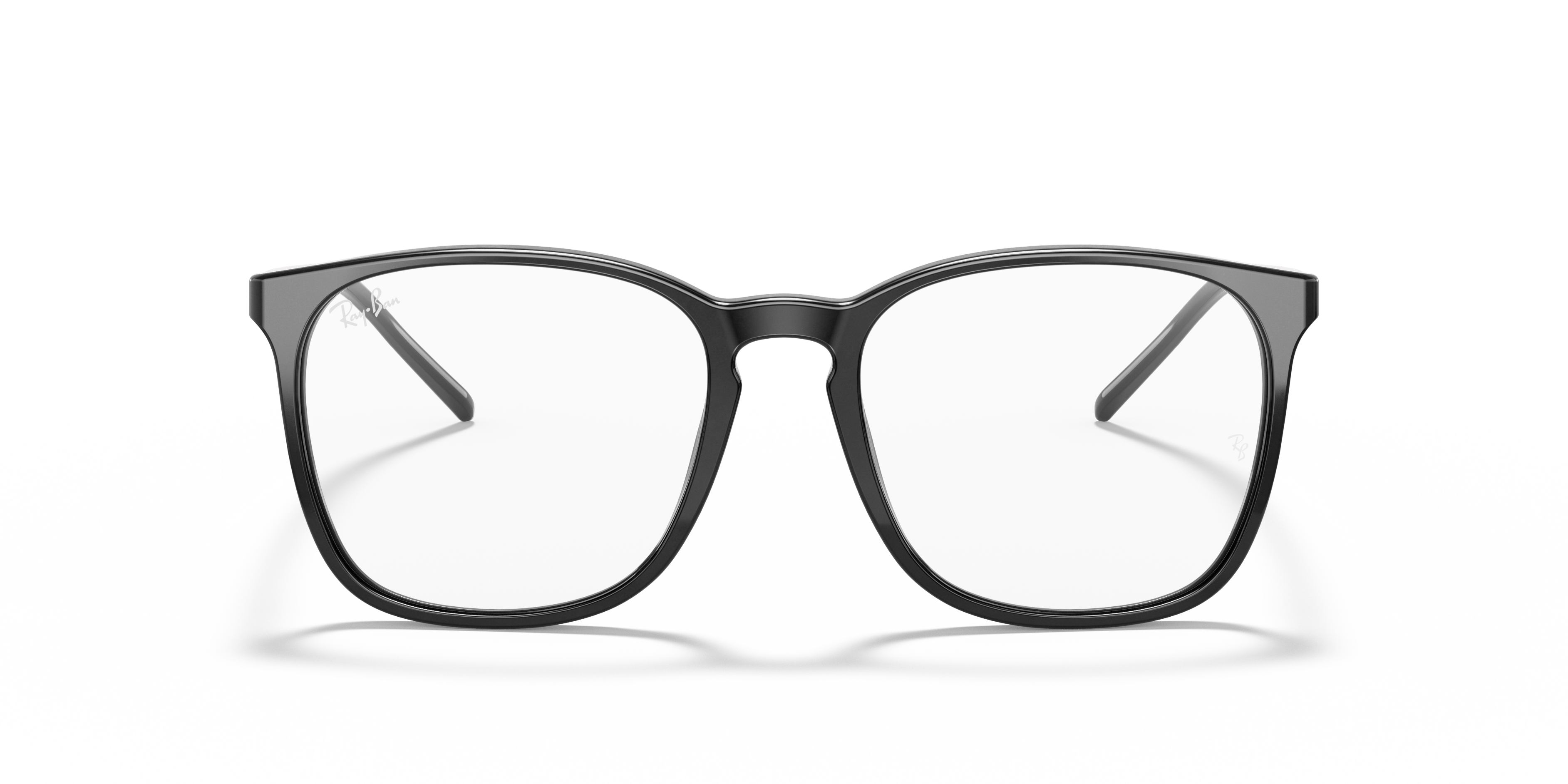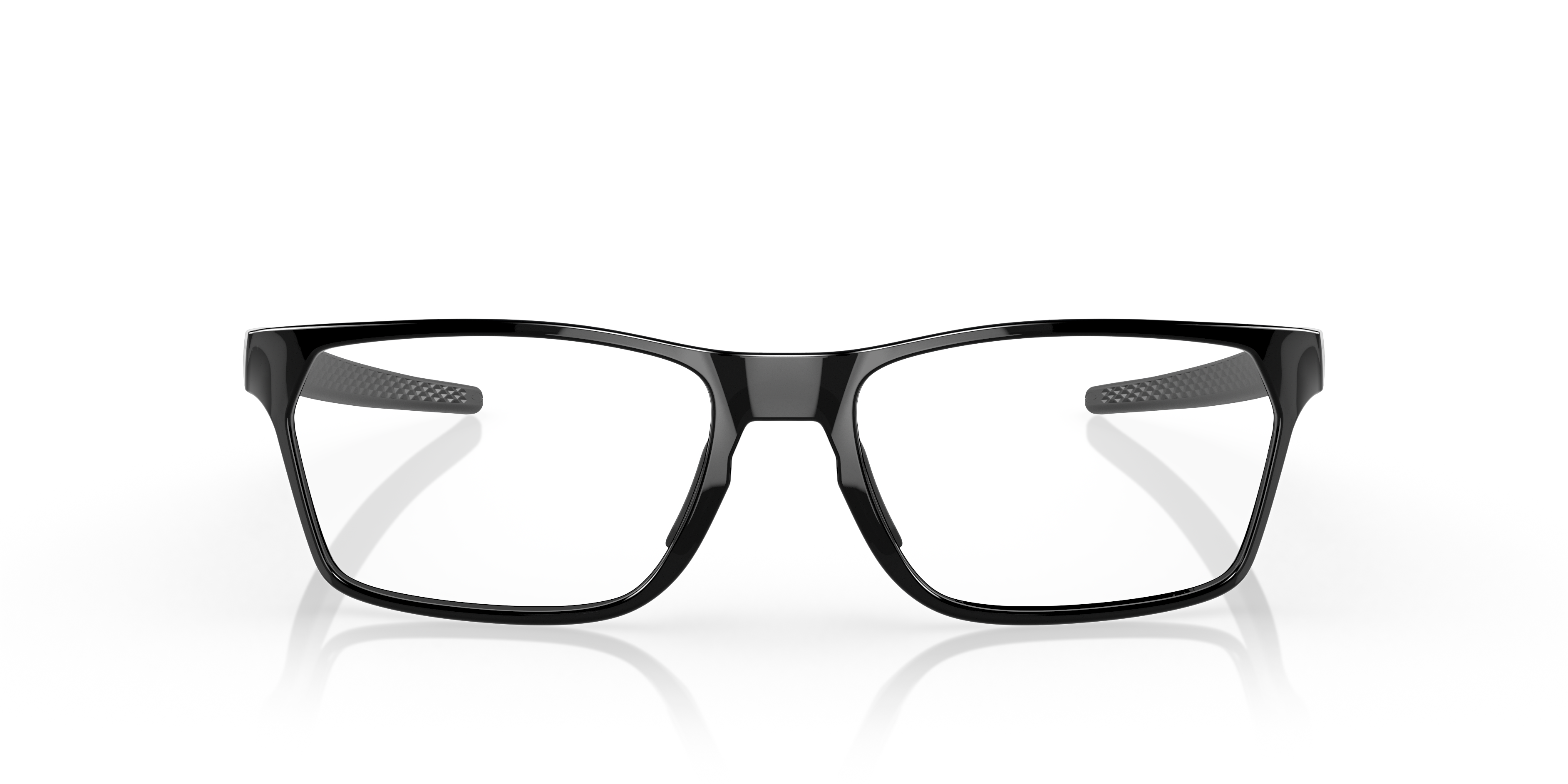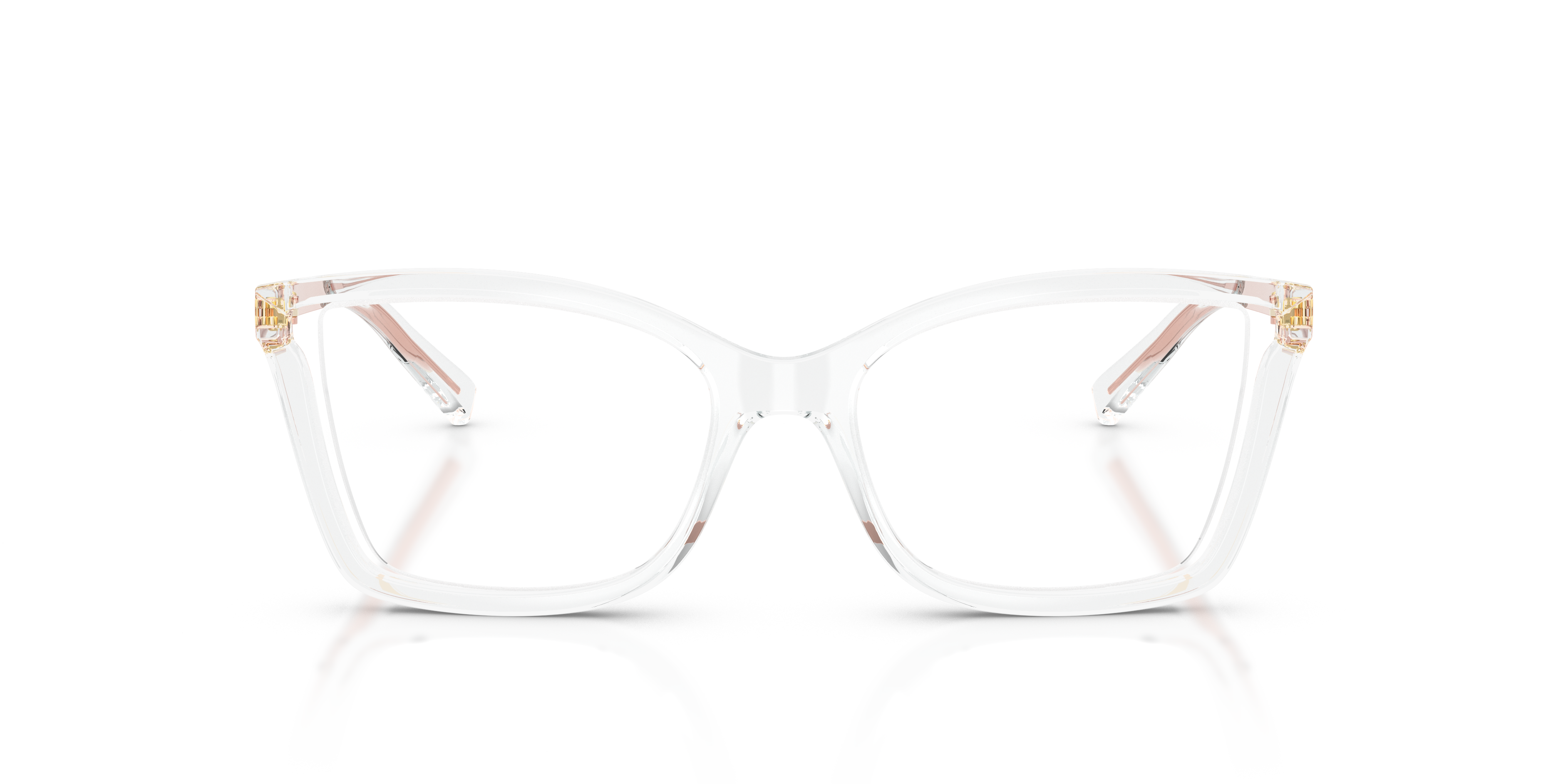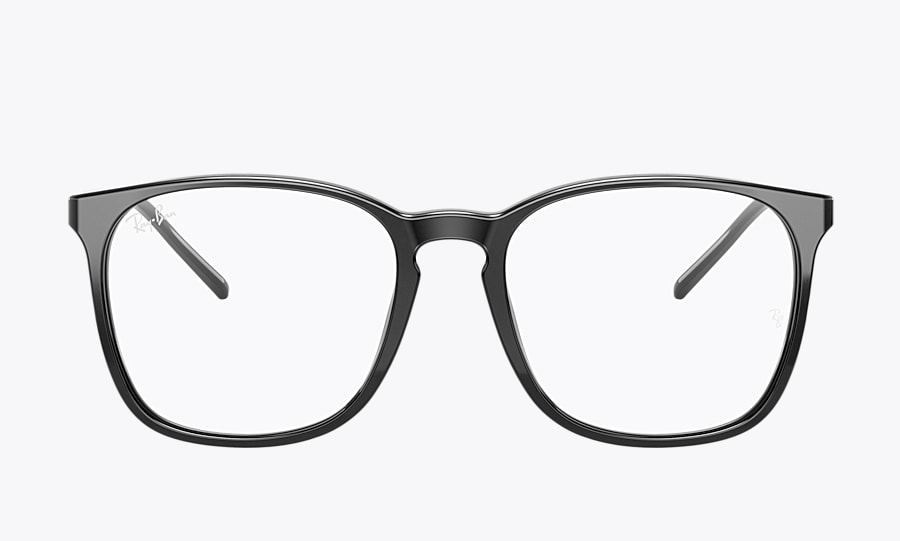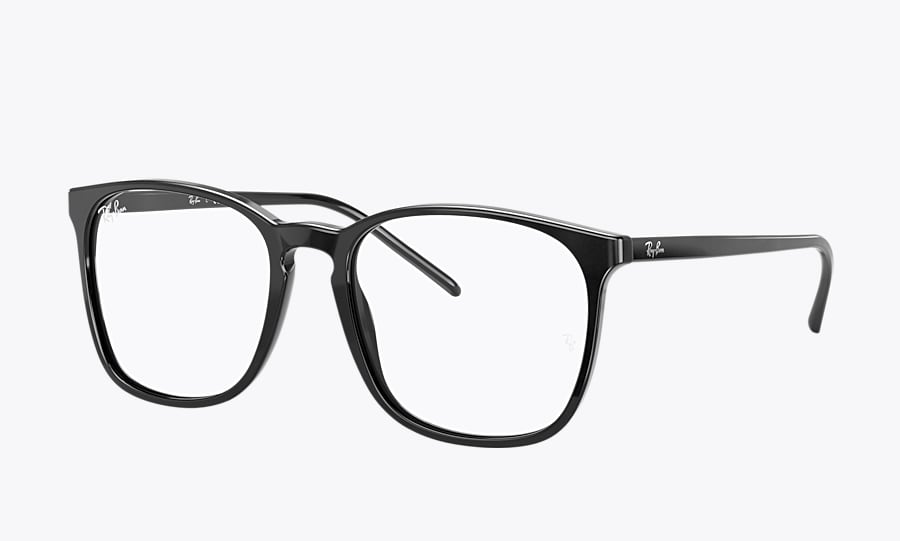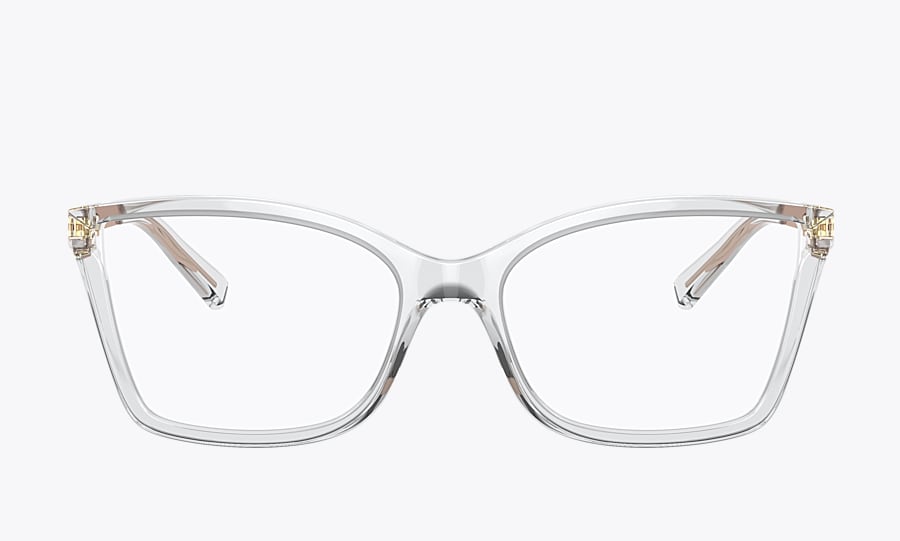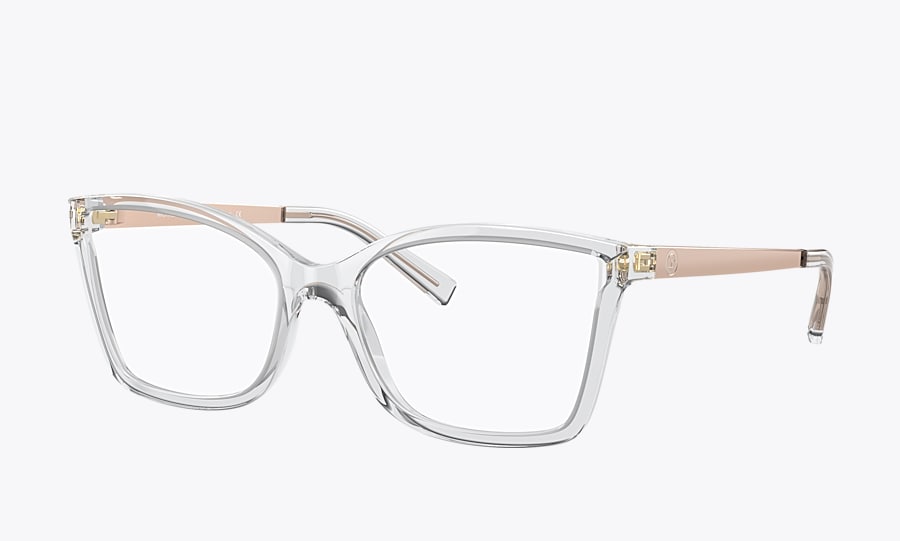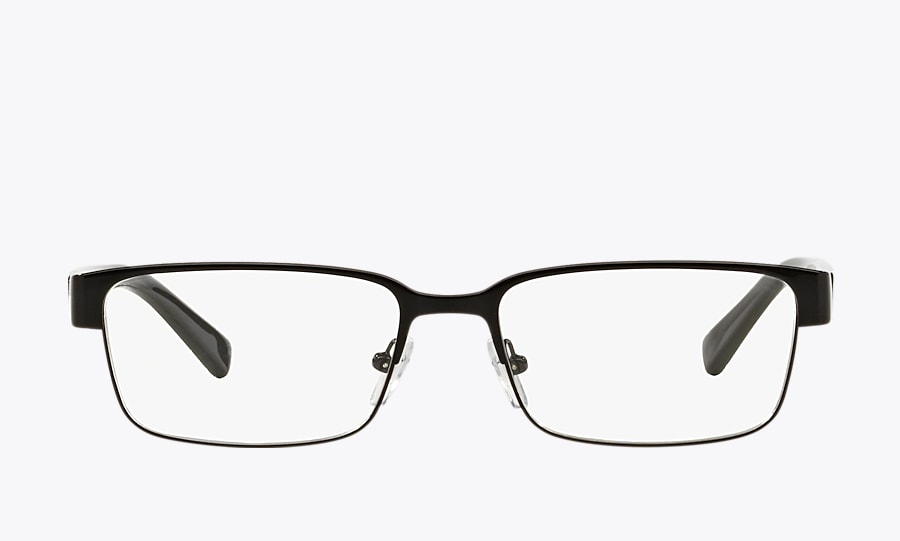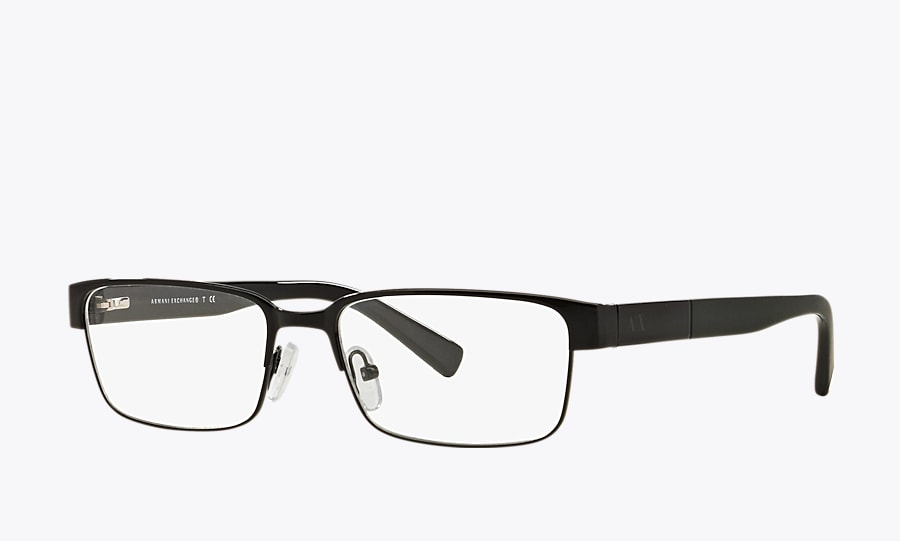
What Are Colorblind Glasses and How Do They Work?
Millions of colors paint the world around us, from the softest blue sky to the brightest yellow sunrise. And remarkably, the human eye can distinguish each of these hues! But for those with color vision deficiency, some of these colors may not appear as vibrant or may not be visible at all.
About 300 million people around the globe have color blindness, meaning that the vibrancy, perception, or depth of colors they can see are limited. Like other eye conditions, the severity of color blindness varies from person to person. Some may not be able to detect the shades of two different colored flowers, while others simply can’t tell how vibrant the petals are.
Read on to learn more about color blindness, why it occurs, and how wearing color-deficiency glasses may improve the symptoms.
What Causes Color Blindness?
The retina contains light-sensitive photoreceptor cells called rods and cones. Cones detect color and provide you with color vision. Color blindness occurs when there is a lack of or malfunction in the cones.
There are three types of cones used to perceive color, each of which detects different wavelengths of light:
- Red cones sense long wavelengths.
- Green cones sense middle wavelengths.
- Blue cones sense short wavelengths.
But if one or more of the cone types do not work properly (or are absent), the brain does not interpret colors correctly.
Red-green color blindness is the most common form of color vision deficiency. It is often inherited and affects up to 8% of males and less than 1% of females. Other types of color vision defects include blue-yellow color blindness and complete color blindness, but these variations are much less common.
Why does color blindness occur in the first place? Most people inherit the condition, meaning they are born with it. In other cases, the condition is acquired (develops after birth or later in life). Aside from genetics, the causes of color blindness and color vision loss can range from injuries to diseases that affect the brain, eyes, or nervous system.
Diseases that affect the optic nerve or retina may contribute to acquired color vision deficiency. These can include:
- Cataracts
- Glaucoma
- Macular degeneration
- Multiple sclerosis (MS)
- Diabetes
- Alzheimer’s disease
Other factors that can contribute to acquired color blindness or color vision loss include:
- Aging
- Exposure to chemicals that affect the nervous system
- Prolonged exposure to welding lights
- Certain medications
Are There Glasses for Color Blindness?
There are special corrective lenses that can improve color perception. It’s important to note that colorblind glasses are not a cure for the condition and will not help everyone. However, they may be helpful for some individuals who have red-green color deficiency.
To understand your color blindness treatment options, be sure to speak with your optometrist or ophthalmologist about your specific vision needs.
How Do Colorblind Glasses Work?
Colorblind glasses contain a special light filter in the lenses, which is designed to improve color vibrancy, depth, and contrast. The enhanced lens technology allows the wearer to see the intensity of colors they may not be able to perceive otherwise.
Color perception varies for each individual. As such, colorblind glasses can produce different results, and not everyone will have the same experience.
Before seeking out a pair of these glasses, contact your eye doctor for an exam. A comprehensive eye exam often includes a colorblind test, which can give your doctor the insight needed to determine the best treatment options. Your eye doctor can also determine if you have any other vision needs aside from color vision enhancement.
Innovations in Eyewear Technology
In addition to colorblind glasses, technology has made it possible for those with vision problems to further accommodate their needs. Progressive lenses, for example, provide multiple types of vision correction in one lens (such as for distance, intermediate, and near vision). Transitions lenses, a type of photochromic lenses, automatically darken when you leave an indoor environment and step into the bright outdoors.
Whatever your eyewear needs may be, Glasses.com has numerous lenses and lens treatments available in your favorite brands and styles. And they’re all accessible at the convenience of your computer (or phone) screen!












